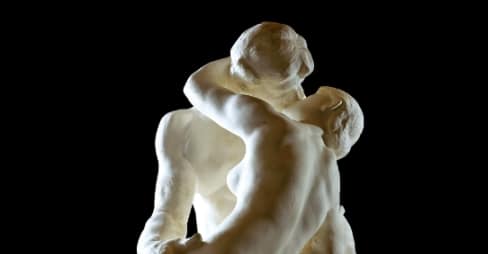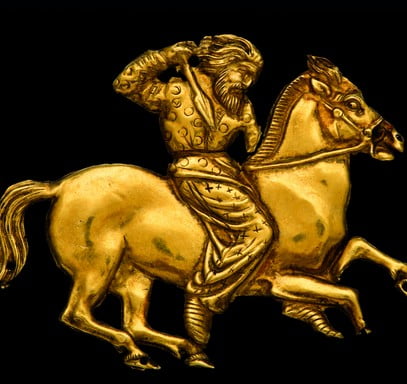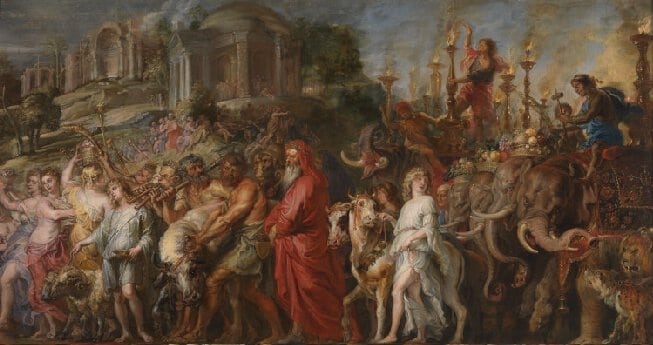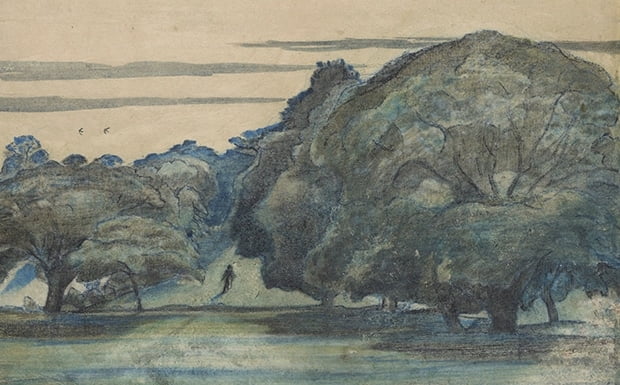 The French sculptor Auguste Rodin visited London in 1881, and as he saw sculptures from Greece in the British Museum, he was greatly inspired. If you return to the museum today, you can see the result!
The French sculptor Auguste Rodin visited London in 1881, and as he saw sculptures from Greece in the British Museum, he was greatly inspired. If you return to the museum today, you can see the result!
The exhibition in itself is a proof of the importance of art museums. If it hadn’t been for the British Museum in 1881, Auguste Rodin wouldn’t have seen the beautiful Greek sculptures in the museum, and his career might have moved in a different path. But, luckily the British Museum was alive back then, and it still is today.
A lot of the sculptures that Rodin saw in the museum back then was in poor shape and lacked heads and other parts. This led Rodin to make sculptures in the same way, without heads. Now, a long time after his death, you can see a large collection of the works of Rodin at this temporary exhibition in the British Museum. And to make it even more interesting, the exhibition will feature Rodin’s work next to some of the original sculptures from Greece that inspired Rodin back in 1881.
Rodin and the art of ancient Greece [Exhibition]
British Museum
Apri 26th – July 29th
We hope you will enjoy the exhibition and your stay in London. For more information about others events and happenings in London, take a look around in our London Guide.
![Stunning paintings and pastels from Degas [National Gallery exhibition]](https://www.guidetolondon.net/wp-content/uploads/Degas-from-Burrell.jpg)



